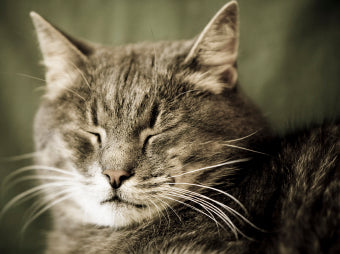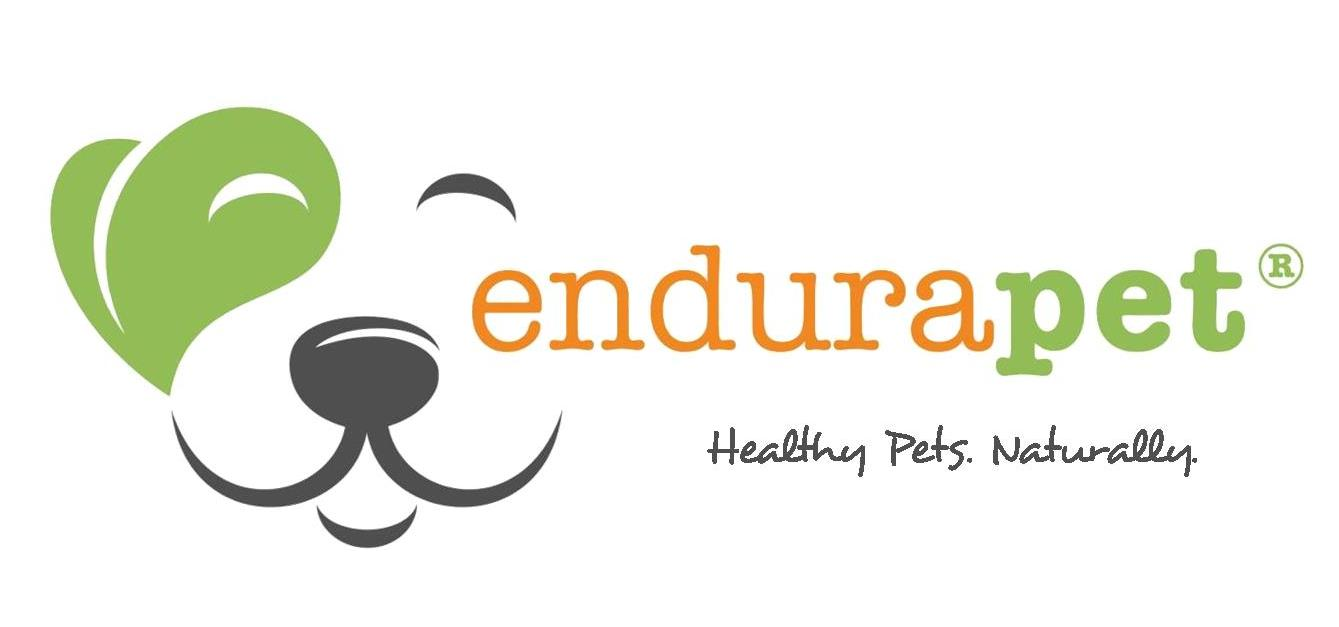Cats: The Wet Food Debate: Part II
The Wet Food Debate: Part II | EnduraPet Supplements
I had a feeling I would get some arguments on my article about feeding wet food. (see part I : Why Wet Food Is Best For Cats) .
...“No…just no” One reader replied, and she added “not for ALL cats, anyway”. This reader is a cat lover and a champion for cats so she may have a compelling argument which I have overlooked. I do wish I could answer some of the objections more specifically, but I have not been able to get objectors to respond to exactly why they feel not all cats would do better on wet. What I can say is that I know it is more expensive, and that I know a lot of cats LOVE dry food, but in terms of what is best for their bodies, I have not found any reasons why dry would be better.
In fact, in the September 2011 issue of JAVMA, there is an excellent article supporting all of the reasons we feel wet is best. The article highlights in great detail how the tradition of feeding dry kibble to cats has contributed directly to obeisity, type 2 diabetes mellitus, Inflamitory Bowell Disease and Urolithiasis. It is about time, and I am hoping more veterinarians will now start encouraging this more natural way of feeding our beloved felines.

I did get a couple of questions I can answer though. One reader replied:
Ok..I like this, however I do have some questions. First of all how do I know that my cats are eating enough? How much wet should they have and how often? I have 3 hungry kitties and 2 fosters and wet food time around here (once or twice a week) is every feline for themselves and I have to intervene and make sure no one gets pushed out of their food. Do you think the Wet Food Craze would wear off after a while? Mine are nutty for it and know the sound of the dishes I use.... Also what is a good wet food? Mine are VERY picky (mainly Hendrix), and they will only eat Pate style food, no chunks at all...
Great questions! No two cats are alike, and what is best for one may not be best for or appeal to another, but we can narrow things down a bit. Let’s take these questions one at a time:
-
First of all how do I know that my cats are eating enough? How much wet should they have…
Most feeding guidelines on can labels and packages (even if you are feeding raw) are really quite broad and can over or underestimate feeding guidelines by as much as 50%. These guidelines are based on young, unaltered animals who are quite active. This is going to get rather technical, but I will give you what the National Research Council recommends: A 10-pound adult cat should eat approximately 274 kcal per day. If your cats live indoors, are altered and less active, this requirement has been changed recently to 240kcals/day for cats needing to shed ounces or pounds. Kcals measure the amount of energy in a type of food. Hilary Watson is a Canadian pet nutritionist who has developed an excellent, easy to use kcal calculator. You can find it here: http://www.hilarywatson.com/tools.htm. Another thing I recommend is to call the company who manufactures your cat’s food. If they are willing and able to answer this and other nutritional questions, that’s a good thing!
-
…and how often?
Twice a day is generally recommended. Aside from helping guardians to be able to watch intake amounts and changes in appetite (another reason I don’t recommend free feeding: these two things are great early warning signs of illness and will be missed if we free feed), it is also helpful for those felines who just can’t pass up a meal. We feed our cats separately, because Ralph would eat everyone’s portion if left to his own devices. Peg and Joe will not invade each others plates, so if you have cats without boundary issues like Ralph’s, you can feed them together. I would recommend watching them though, until you can get a better gauge on eating habits.
It is important to remember that while these guidelines are going to get you closer to ideal amounts, there are too many individual factors to give an exact answer.
-
Do you think the Wet Food Craze would wear off after a while? Mine are nutty for it and know the sound of the dishes I use....
Quite simply, when our cats go nuts for wet food, they are telling us something. Some cats will reuse wet, and must be introduced slowly. The good news is that the craze will indeed wear off once they realize this is the new norm. Until then though, we recommend feeding them with supervision, and separating them and feeding in stages if that works best. Ralph also knows the sound of the dishes, and I hope he never stops “helping” at feeding time (as if I would ever forget where we keep the forks) but the craze has worn off enough at least.
-
.... Also what is a good wet food?
Again, all cats are individuals and this may take some trial and error. What will be the best food for one cat will simply not agree on all levels with another. If you are feeding raw, I like raw formulated specifically for cats (RadCat is one of my personal favorites)
Here’s some more controversy for you: Some of my very favorite nutrition experts have gone so far as to say that even the worst canned foods (pretty much anything available in the grocery store is less than ideal) are better than feeding dry kibble. While I know what they are getting at, this is hard for me to wrap my head around.
Canned food should have a named protein rather than by-product, few grains, and a low carbohydrate content. How do you determine this? Because pet food labeling guidelines are not as strict as we would like, you may need to call the company. The absolute best site I have found thus far for this kind of information is www.catinfo.org . Dr. Pierson has an abundance of resources and offers great tips on calling food manufacturers. Perhaps most helpful is the link to this chart on major canned cat food content: http://binkyspage.tripod.com/CanFoodNew.html
Picky, Finicky, or Biological predisposition?
Some cats prefer monotony, but most like some variety. Ours will only eat pate style or raw, and others will eat only chunks. One study even suggests that different breeds are predisposed to make texture choices based on mouth size. What we do know is that food odor is probably the biggest factor. Sometimes side by side comparisons are the best tools for determining preference. Most manufacturers of better cat foods have an unconditional guarantee or will offer taste samples. Another argument for buying better foods indeed.
So, dear cat loving readers, while I may not have won you over completely, I hope you will consider feeding wet daily for at least part of their meals. Not all of us are able to go to wet exclusively for a variety of reasons, but some is certainly better than none. Your cats will thank you for it!
Lastly, if there are still arguments against feeding wet, please feel free to write in about them. Like many of you, I am always learning and forever willing to look at things differently. Ultimately the well-being of our furry companions is paramount for us all, and these are the discussions which can only help us to help them in the best way we possibly can, right?
